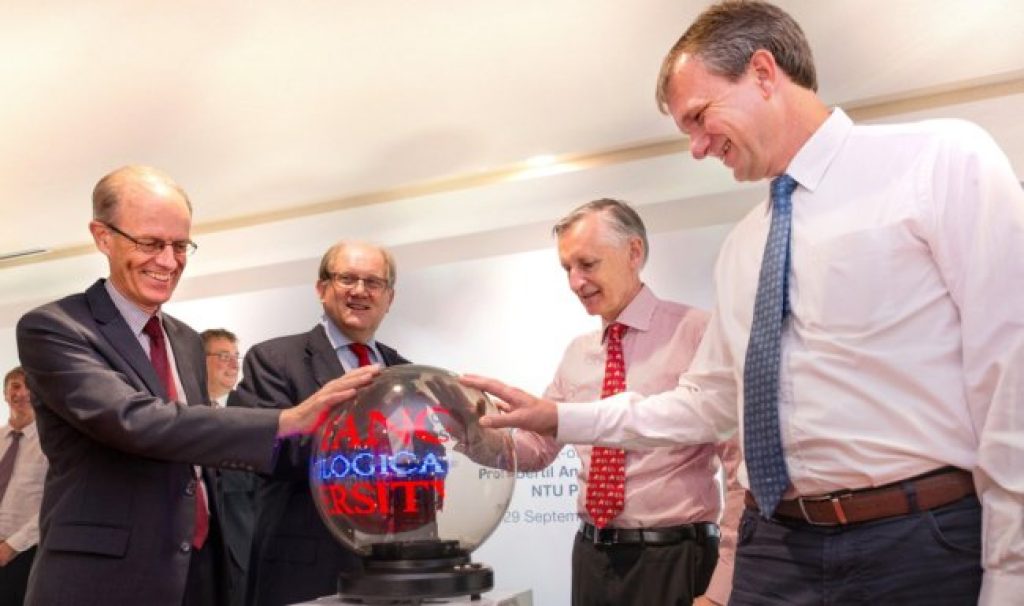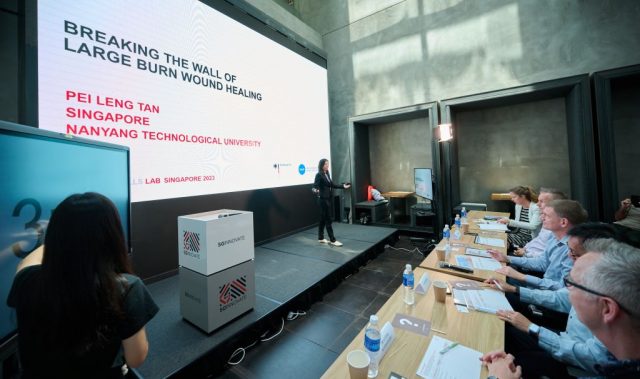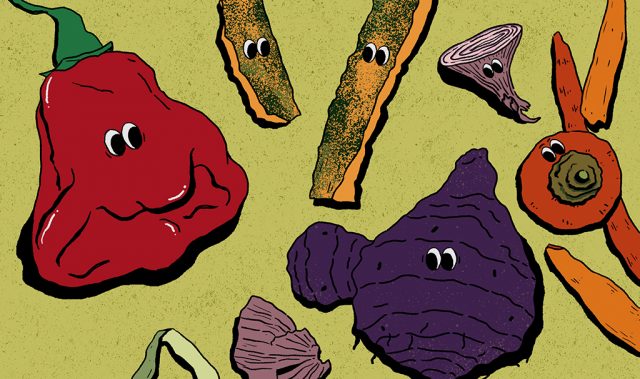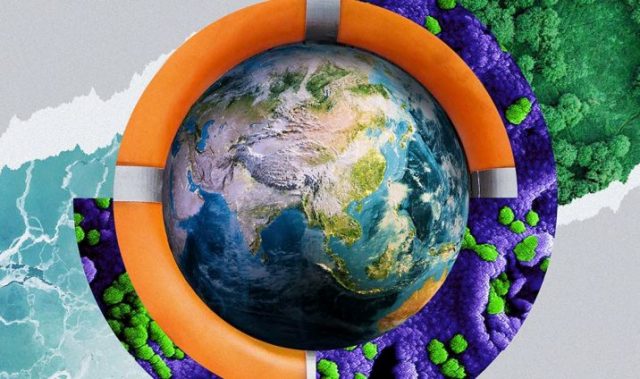
AsianScientist (Oct. 1, 2015) – Nanyang Technological University (NTU Singapore) has set up a new life sciences research cluster that will study the link between the health of a population and the environment.
The NTU Integrated Medical, Biological & Environmental Life Sciences (NIMBELS) Cluster will feature Southeast Asia’s first phenome center, which will tackle key areas of research need, such as in aging, diabetes, gut microbiomes and the urban water cycle.
NIMBELS brings together the life sciences expertise in NTU’s Lee Kong Chian School of Medicine (LKCMedicine), School of Biological Sciences, Singapore Center for Environmental Life Sciences Engineering (SCELSE) and the NTU Institute of Structural Biology.
NTU President Professor Bertil Andersson said, “To achieve breakthroughs in this modern era of biomedical research involving big data, we need a new approach, a new way of thinking about these challenges. We need solutions that bring together not just the best clinical and biomedical minds, but also involving experts in structural biology, environmental life sciences and computing technologies.”
NIMBELS will be led by Professor Staffan Kjelleberg, a world expert in environmental microbiology, microbial ecology and biofilm biology.
“This new life sciences cluster that we have formed at NTU will have dedicated new facilities with cutting edge technologies. It offers a unique research environment and capitalizes on the interface between life sciences and excellence in engineering to find solutions to health issues,” said Kjelleberg, who is also Director of SCELSE.
The NIMBELS Cluster will feature the S$9 million (~US$6.32 million) Singapore Phenome Center, which was also launched today. The new center brings together NTU’s LKCMedicine, SCELSE and School of Biological Sciences. It is an interdisciplinary research platform that has strong industry support, such as UK instrument and software giant, Waters Corporation.
Research in recent years has shown that diseases, such as diabetes and cancer, cannot be explained by genes alone, but are caused mainly by the interaction between genes and environmental factors, such as lifestyle and diet.
The Singapore Phenome Center at NTU seeks to have a better understanding of phenomes, and shed light on how these physical and biochemical traits are produced by the interactions between genes and environmental factors.
Previous studies have found that Asians have a higher risk of diabetes and heart attacks compared to Europeans. In the case of diabetes, it also develops at a much younger age and is now becoming an epidemic in Asia.
LKCMedicine Dean Professor James Best, who chairs the new center, said, “We intend to characterize the unique Asian phenotypes by working with clinicians from across Singapore, so that we can offer tailored therapies for individuals. We also hope to identify new biomarkers that can be used at a population level to assist people to lead healthier lives.”
In addition, studying phenomes of environmental ecosystems such as the urban water cycle, will provide information that will aid environmental sustainability.
The center already has several projects underway, such as characterizing factors that contribute to complications in diabetes. It is also investigating microbial products from waste water treatment systems with the national water agency PUB. Lastly, various industry collaborations and partnerships including with Waters Corporation are also ongoing.
To better develop medical innovations in human diseases, the Singapore Phenome Center aims to link with an international network that will be initiated by the MRC-NIHR (Medical Research Council–National Institute for Health Research) National Phenome Center at Imperial College London.
Professor Jeremy Nicholson, Director of the center at Imperial said, “The harmonization and standardization of metabolic phenotyping technologies for human healthcare screening and monitoring operated by the phenome centers will help achieve major advances in personalized and public healthcare based on new knowledge of human biology and gene-environment interactions.”
To mark the launch of NIMBELS and the Singapore Phenome Center, NTU is organizing a two-day international symposium. Both international and local scientists will share their expertise in various disciplines, such as biomedical science and environmental engineering.
The Singapore Phenome Center, currently located at the Research Techno Plaza, will move to the Experimental Medicine Building by the end of the year.
———
Source: Nanyang Technological University.
Disclaimer: This article does not necessarily reflect the views of AsianScientist or its staff.












